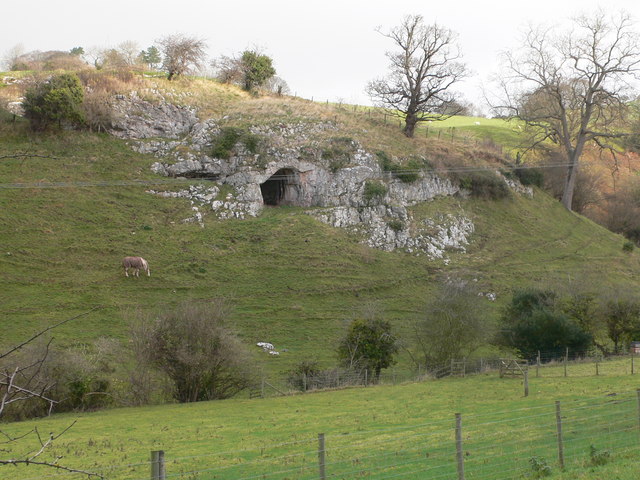In a previous article in this journal (Dinnis et al., 2022), we described the first season of archaeological excavations at Wogan Cavern (Pembroke, southwest Wales). Although based on excavation of a very small volume of deposits, we suggested that the sediments in Wogan Cavern may have very good potential for preserving archaeological remains. Specifically, an intact early Holocene archaeological layer and underlying, bone-bearing Pleistocene deposits encouraged us to believe that the cave might be an important early prehistoric site. Here, we provide an update on our previous work, detailing the findings of the 2022 excavation season. The 2022 work identified several phases of historic and prehistoric activity. The early Holocene archaeological layer containing diagnostic Mesolithic artefacts, found previously in the eastern part of the cave, was shown to extend towards the centre of the cave. Stratigraphically lower deposits dating to the Pleistocene, previously demonstrated close to the cave’s eastern wall, were also shown to extend towards the cave’s centre. Excavation of the Pleistocene deposits close to the cave’s eastern wall revealed evidence for human occupation, with one and possibly two Upper Palaeolithic layers present. The archaeological assemblage(s) from these lower deposits bear similarities to the Palaeolithic stone tool assemblage from the famous Paviland Cave, located c.30 miles (c.50km) to the east. Overall, our 2022 work confirms that Wogan Cavern is an early prehistoric site of national, and potentially international, significance.
https://www.researchgate.net/publication/242860976_Radiocarbon_Dating_from_Ogof-yr-Ychen_a_New_Pleistocene_Site_in_West_Wales?ev=pub_cit_inc
What intrigues me is the existence of human and animal remains which clearly pre-date the LGM in many of the caves -- which means that the caves survived (at least once) deep submergence beneath active glacier ice and then the ice wastage phase that followed, without filling up with sediments. Not only that, but the sediments associated with the bone finds are often very subtle and difficult to interpret.
==============
Over the years I have done many posts on the bone caves of SW Britain, including Paviland (Goats Hole), Daylight Rock, Eel Point, Hoyles Mouth, Coygan, Pontnewydd, Ffynnon Beuno etc. Many years ago I even did some research with Mel Davies and Brother James at Ogof yr Ychen, and we did some radiocarbon dating.
What intrigues me is the existence of human and animal remains which clearly pre-date the LGM in many of the caves -- which means that the caves survived (at least once) deep submergence beneath active glacier ice and then the ice wastage phase that followed, without filling up with sediments. Not only that, but the sediments associated with the bone finds are often very subtle and difficult to interpret.
If we can tie in the occupation dates for the caves into the glaciation sequence, we will have progress. But there is a major problem with the radiocarbon and other dating -- as we all know, new radiocarbon dates tend to give wildly different dates to materials as compared with the dates from 20 years ago. This is down to more sophisticated technology and to advances in the understanding of correction factors. So the "Red Lady of Paviland" is now though to have a date of around 33,000 yrs BP, whereas until quite recently the date was assumed to be around 23,000 yrs BP.
So people were using the Goat Hole cave prior to the Late Devensian climatic deterioration and the arrival of the LGM ice after 30,000 BP, when they died out or moved southwards into areas where tundra hunting could be continued. Then as the ice melted they moved north again.
But it's quite a challenge to bring the archaeological evidence and the glacial geomorphology evidence together, in the creation of a coherent story. We aren't there yet, but we are working on it......
Ffynnon Beuno cave in Denbighshire -- sealed by Devensian ice and then released again.....
Ice edge retreat across West Wales, according to the BRITICE chronology. How do these phases tie in with the independent data from cave research?
See also:
A Mid-Upper Palaeolithic human humerus from Eel Point, South Wales, UK
Rick J Schulting, Erik Trinkaus, Tom Higham, Robert Hedges, Michael Richards, Bernice Cardy.
Journal of Human Evolution, 2005
Most of the key Palaeolithic sites are shown on this map -- most caves were occupied for the first time after the LGM ice melted away, but some sites were occupied prior to the LGM
============
Brian John. 2023. Was there a Late Devensian ice-free corridor in Pembrokeshire? Quaternary Newsletter 158, pp 5-16.
==========
PS Rob Dinnis confirms that they will be back for more excavations next year, which is good news. He also confirms that there is good evidence of pre-LGM occupation at Wogan Cavern, in Priory Farm Cave and also at Hoyles Mouth near Tenby.





2 comments:
Fascinating update. Thanks.
Amazed the the ground under the castle is still capable for scientific study. It has been used intensively for centuries. While hunter gathering such refuges would have been invaluable. I hope they don't disturb the remains too much - it sounds like a treasury of information when out scientific techniques are further advance.
Thanks again for keeping us posted on progress in darkest Pembrokeshire.
Thanks Chris -- yes, I too am amazed that anything has survived in there, given the incredible amount of hoofing around, particularly since the caste was built.......
Post a Comment